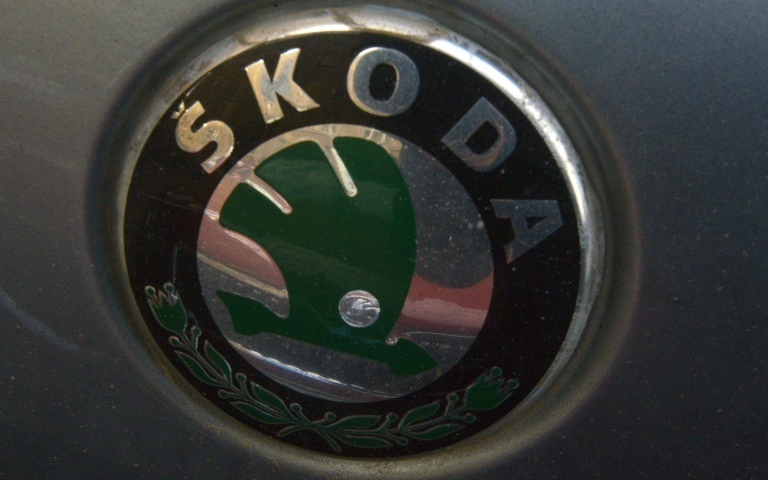SA Actuarial Development Programme marks 21 years of driving diversity
“It’s the east that’s really driving Europe,” said industry expert, Laurent Petizon of AlixPartners.
Car sales there increased 14 percent year-on-year in the first three months of 2017 alone, to almost 700,000 vehicles, market research firm Jato found.
Poland saw sales grow by 15.5 percent to 277,000 vehicles in the same period, making it Europe’s seventh-largest car market.
Over the whole year 2017, sales are expected to reach a new record of 1.3 million in a region stretching from northerly Estonia to Bulgaria on the Black Sea — up 10 percent year-on-year.
That’s a slight slowdown from the 16 percent recorded in 2016, industry expert Ferdinand Dudenhoeffer of the Duisburg CAR institute noted, but a great deal more dynamic than the 3.0 percent expected in western Europe.
“Economic growth in the region and the relative lack of market saturation in motor vehicles are the factors underpinning” growth in the east, he said.
Especially in Romania and Bulgaria, which have been members of the European Union for just 10 years, “there remains lots for room” to catch up, Petizon agreed.
– Customers’ curiosity –
Sales have grown hand-in-hand with carmakers’ increasing investments in factories in the region, as massive multinationals chase lower labour costs than in western Europe.

Czech carmaker Skoda, a unit of German auto giant Volkswagen, is the biggest player in eastern Europe, commanding a market share of 17 percent.
Skoda, native to the Czech Republic, is far from the only manufacturer at home in the east, but remains the market’s biggest player, with a 17-percent share of sales.
It is a subsidiary of German giant Volkswagen, whose own-brand cars and Japan’s Toyota hold second and third place respectively.
But competition comes from Renault-Nissan’s Dacia brand, whose manufacturing presence in the region is a factor in some buyers’ choice.
Peugeot parent company PSA has secured its own eastern foothold with the recent takeover of Germany’s Opel, including factories in Hungary and Poland.
And Jaguar Land Rover plans to open a one-billion-euro ($1.2 billion) factory in Slovakia in 2018.
From further afield, Korea’s Kia and Hyundai joined forces to set up shop in the Czech Republic and Slovakia, garnering a double-digit market share in each country.
Unlike in western Europe, eastern European markets had not yet reached maturity, so consumers there were still “curious about everything arriving on the market”, said Kia Europe chief Michael Cole.
That has made it easier for Kia to claim a six-percent share in eastern Europe, not least thanks to its Sportage crossover — a popular model in a sought-after segment.
SUV sales saw 32-percent growth in eastern Europe over the first half of 2017, compared with 10 percent for other segments, accounting for almost one-third of cars registered on the region’s roads.
But the region isn’t completely out of sync with its western neighbours: diesel sales have sputtered in the wake the emissions cheating controversy, accounting for 37 percent of sales, down from 40 percent a year earlier.
Download our app